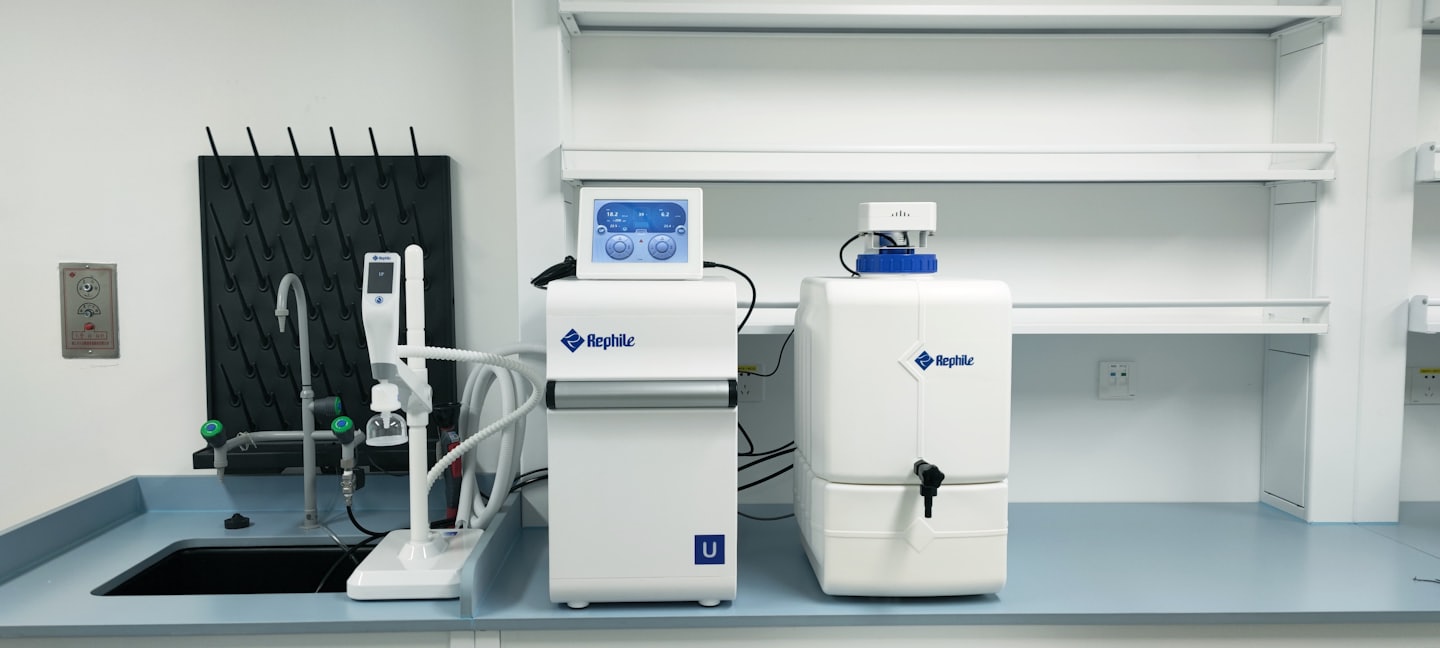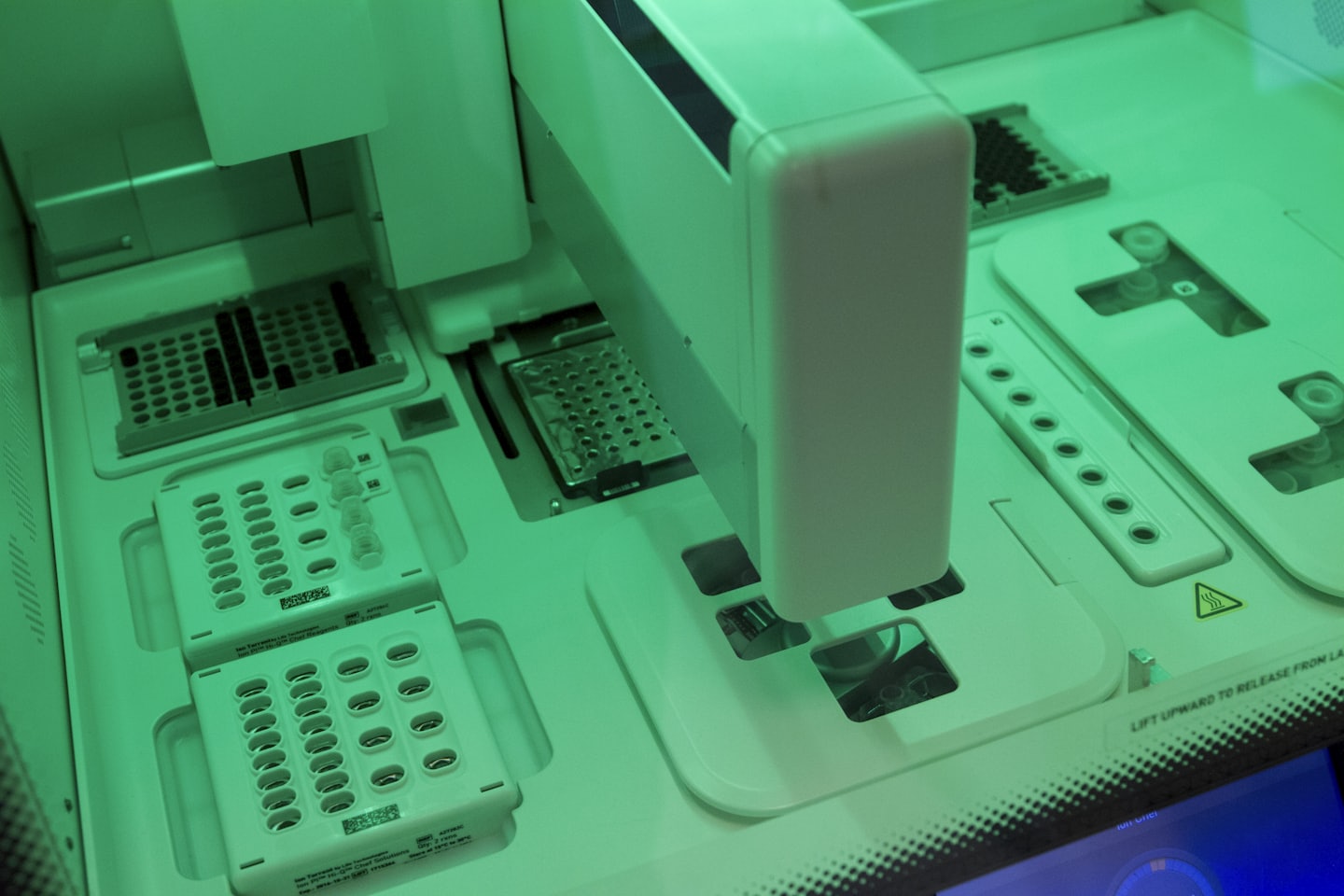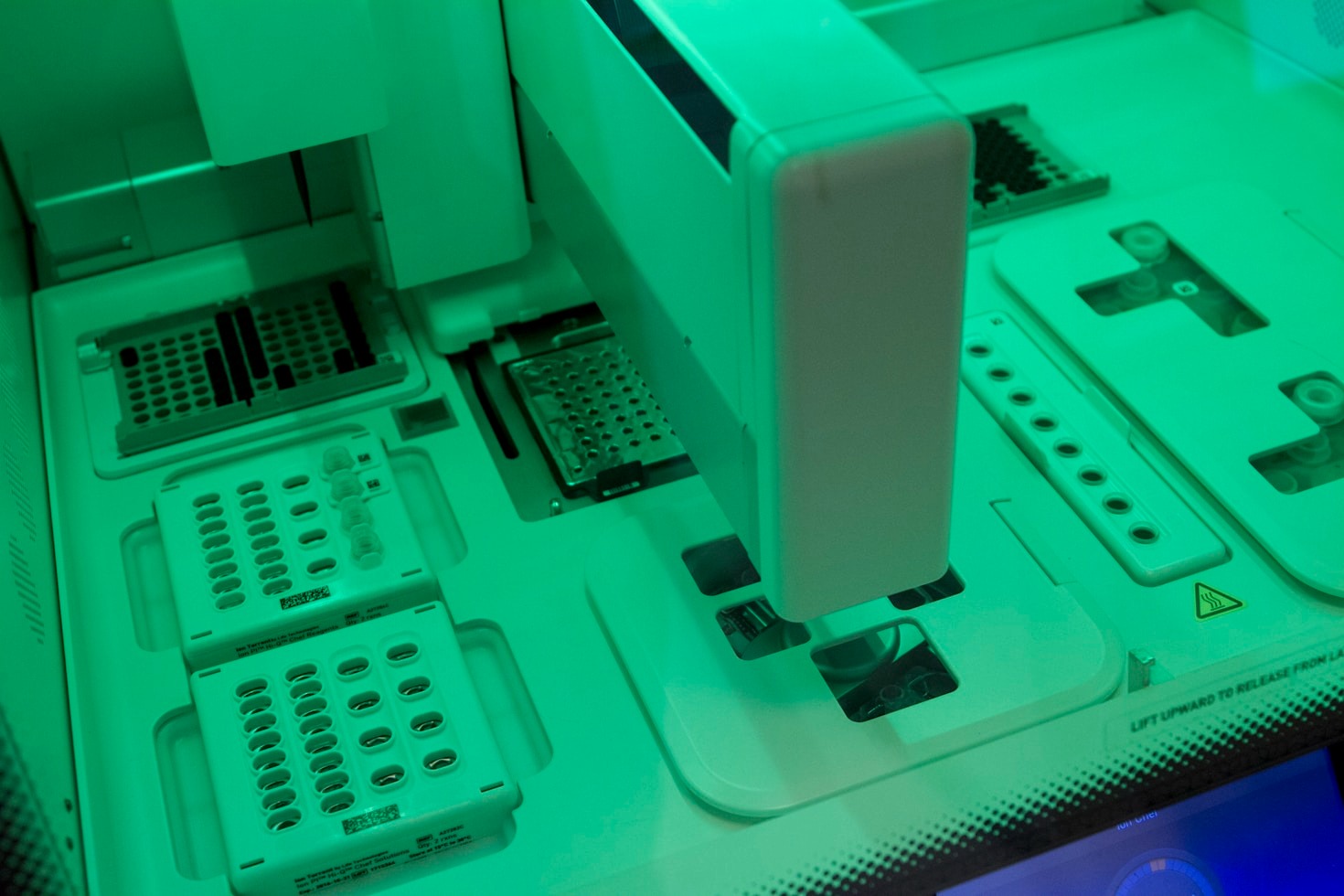The End of Organ Shortages: Can Bioprinting Replace Transplants?
How Regenerative Medicine and 3D Bioprinting Are Bringing the Dream of Unlimited Organs Within Reach
🧬 Introduction: A Global Crisis of Scarcity
Across the world, over 100,000 patients wait on organ transplant lists at any given time — and thousands die each year before a match is found.
Despite advances in surgical technique, immunology, and logistics, the system itself remains constrained by one factor that no amount of efficiency can fix: there simply aren’t enough organs.
Now, a quiet revolution in regenerative medicine is changing that narrative.
Through the power of 3D bioprinting, scientists are developing the means to create living organs on demand — using a patient’s own cells, printed layer by layer into functioning biological structures.
The question is no longer if we can print organs — but when it will replace traditional transplants altogether.
“The ability to print functional human tissue is one of the most important scientific frontiers of the 21st century.”
— Dr. Anthony Atala, Wake Forest Institute for Regenerative Medicine
🧫 What Is Organ Bioprinting?
Organ bioprinting is the process of fabricating living, functional human tissues and organs using 3D printing technologies.
Instead of plastics or metals, bioprinters use bioinks — gel-like materials composed of living cells, growth factors, and biomaterials.
These bioinks are deposited layer by layer to replicate the complex architecture of human organs — from the vascular networks that deliver oxygen to the tissues, to the specialized cell types that make organs function.
The process typically involves three key stages:
-
Imaging and Modeling – Creating a digital 3D blueprint of the organ using MRI or CT data.
-
Printing – Using precision-controlled print heads to deposit layers of bioink according to the digital design.
-
Maturation – Cultivating the printed organ in a bioreactor, allowing cells to grow, connect, and form living tissue.
⚙️ How Bioprinting Differs from Traditional Transplants
Traditional organ transplants depend on donor availability and immune compatibility.
Even when a donor organ is found, patients must take lifelong immunosuppressant drugs to prevent rejection.
3D bioprinting eliminates many of these limitations by:
-
Using the patient’s own cells, reducing the risk of immune rejection.
-
Allowing custom design, ensuring perfect anatomical fit.
-
Creating organs on demand, eliminating waiting lists.
In theory, this technology could eventually allow every major hospital to “print-to-order” organs based on each patient’s individual needs.
🧠 Current Progress: From Lab Models to Functional Organs
Although printing fully functional human hearts or kidneys remains years away, major milestones have already been achieved:
Bioprinted Tissues for Drug Testing
Companies like Organovo and CELLINK have printed liver and kidney tissues that mimic human metabolism — allowing pharmaceutical firms to test new drugs on living human models instead of animals.
Vascularized Tissue Structures
One of the greatest challenges in organ bioprinting is vascularization — creating blood vessels that can supply oxygen and nutrients.
Recent breakthroughs from Harvard’s Wyss Institute and the Wake Forest Institute for Regenerative Medicine have produced microvascular networks capable of sustaining tissue viability for extended periods.
Prototype Organoids
Mini-organs (“organoids”) such as tiny beating hearts, kidneys, and lungs are now routinely printed in research labs.
While not yet ready for transplant, they are invaluable for understanding disease mechanisms and testing personalized therapies.
“Bioprinting is evolving faster than anyone predicted. What once took years in a lab can now be done in weeks.”
— Dr. Jennifer Lewis, Harvard Wyss Institute
💉 The Road to Full Organ Printing
Printing a complete organ — one that can be implanted and function long-term — remains a monumental challenge.
Organs such as the heart, kidney, or liver involve billions of cells arranged in highly specialized patterns, with multiple tissue types and fluid channels.
Key areas of ongoing research include:
-
Cell differentiation control: ensuring printed cells develop into the correct types.
-
Perfusion and vascularization: sustaining the inner layers of thick tissues.
-
Mechanical integration: ensuring printed organs function seamlessly with surrounding biological systems.
-
Regulatory pathways: developing approval frameworks for clinical use.
Despite these obstacles, most experts believe we are within 10–15 years of seeing the first functional, bioprinted organ used in a human transplant.
🧩 Beyond the Organ: The Bioprinting Ecosystem
The organ printing revolution doesn’t exist in isolation — it’s part of a wider biotechnology ecosystem combining 3D printing, AI, blockchain, and regenerative medicine.
-
AI helps design efficient organ geometries and predict cellular behavior.
-
Quantum computing will soon allow real-time modeling of molecular interactions.
-
Blockchain ensures the traceability and ethical sourcing of biological data.
-
Bioprinting platforms integrate digital blueprints with living materials to create reproducible results.
Together, these technologies form the foundation of a decentralized bioeconomy, where life-saving innovation becomes global, transparent, and scalable.


🌍 The Global Impact
The implications of successful organ bioprinting extend far beyond medicine:
-
Healthcare Access: Equalizing opportunities for transplants worldwide.
-
Economic Efficiency: Reducing the multi-billion-dollar costs of chronic disease management.
-
Scientific Discovery: Accelerating drug research and personalized healthcare.
-
Ethical Transformation: Ending black-market organ trafficking and donor exploitation.
Bioprinting represents not just a technological revolution, but a humanitarian one — transforming healthcare from reactive treatment to proactive creation.
⚖️ Ethical and Regulatory Considerations
With every medical revolution comes profound ethical questions:
-
Who should have access to bioprinted organs?
-
Should organs be patented or considered public goods?
-
How do we regulate the use of human cells in artificial environments?
Regulatory agencies worldwide are developing new frameworks for biofabricated products, ensuring that innovation proceeds responsibly.
The goal is to balance scientific freedom with public safety, avoiding the pitfalls of unregulated experimentation.
🚀 Conclusion: A Future Without Waiting Lists
The dream of eliminating organ shortages once sounded like science fiction — today, it’s becoming scientific fact.
Through breakthroughs in bioprinting, regenerative medicine, and cellular engineering, humanity is approaching the ability to manufacture life from life.
Each milestone brings us closer to a world where organ transplants are no longer a desperate hope, but a standard medical service available to all.
The question, then, is not whether bioprinting can replace transplants —
It’s how soon we’ll print the future of medicine itself.
“When the first 3D-printed organ beats inside a human, it won’t just mark a medical milestone — it will redefine what it means to be alive.”
— Bioprinting World Manifesto


Leave a Reply